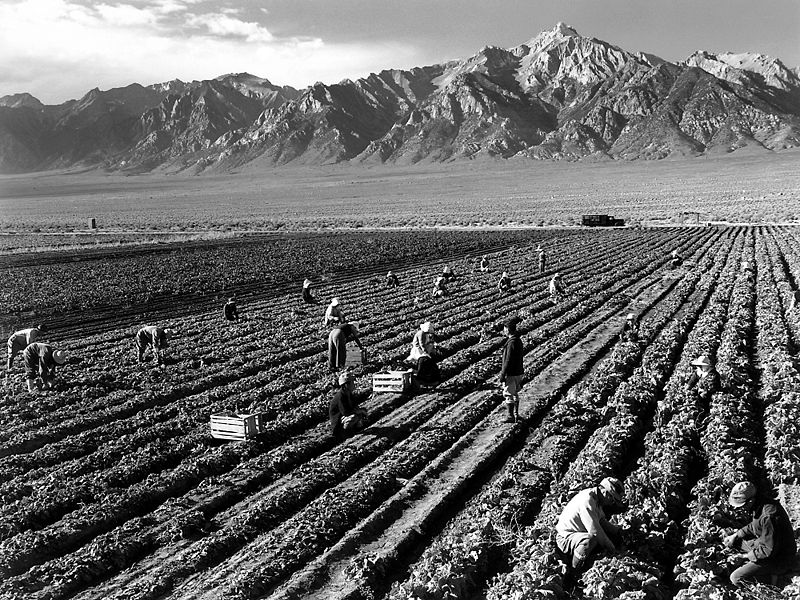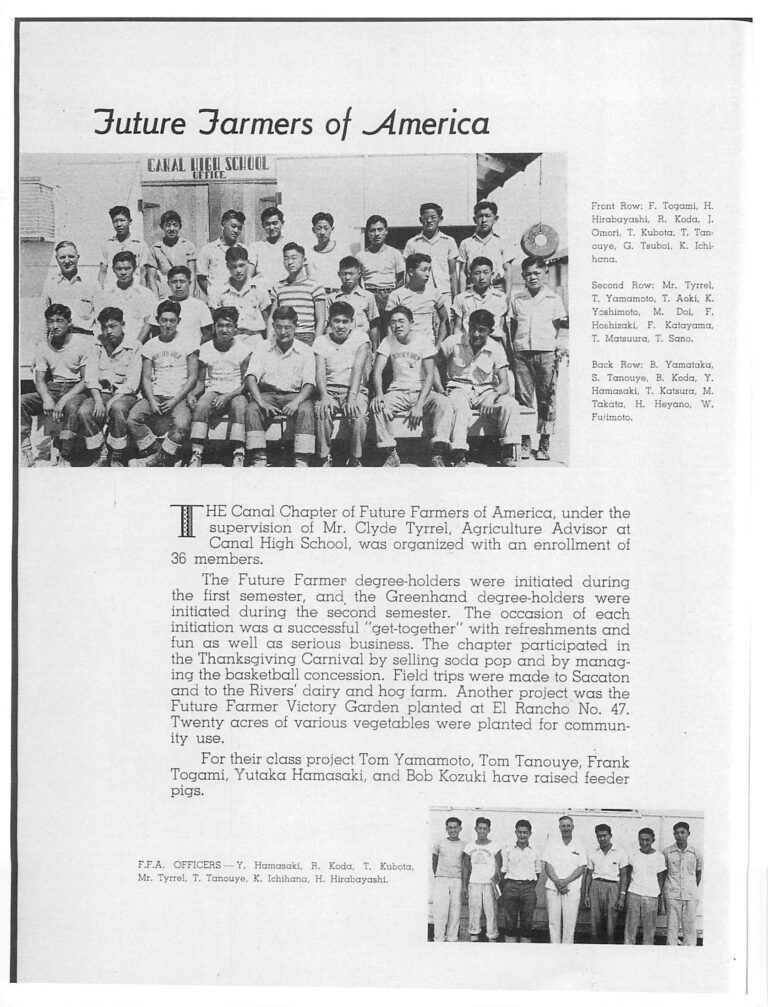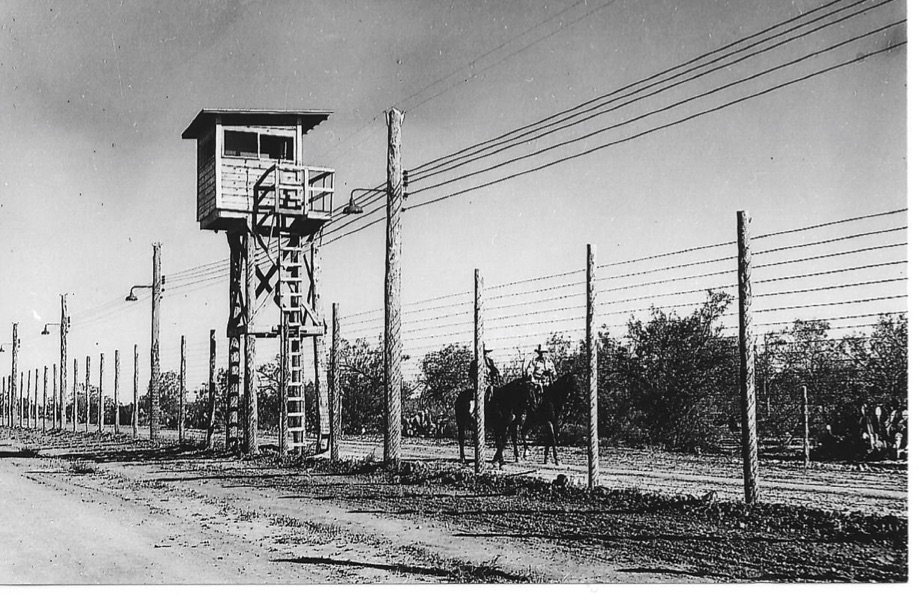When Franklin D. Roosevelt became President, the nation was experiencing the great depression. A number of new programs and initiatives were implemented to get the nation back on track. Collectively, these programs were known as the New Deal.
When Japan bombed Pearl Harbor a decade after the New Deal, there was fear that Japanese Americans on the West Coast would sabotage utilities and were spies. Over 100,000 Japanese Americans (most were American citizens) of all walks of life were sent to Internment Camps operated by the War Relocation Authority (WRA).
The Japanese Americans were given only a few days to prepare for interment and could take only what could be carried. They had to abandon businesses, homes and farms or find a caretaker (which rarely worked). During internment prized possessions, land, crops, and equipment were stolen. To put it bluntly, Japanese Americans got a raw deal.
Before WWII 40% of the vegetables grown in California were produced by Japanese American farmers. Part of the government’s plan for internment centers was to have the internees (i.e. prisoners) do large scale farming to sustain the internment centers. Sixty-two varieties of produce were raised for human consumption in the internment camps with each camp growing at least twenty different vegetable crops.

Each WRA camp had a school. Vocational Agriculture was typically taught in the schools and most had chapters of the Future Farmers of America. Each camp also had an adult education program and agricultural courses were taught. Some of the agricultural scientists at the Manzar Center actually conducted agricultural research and published their findings in scientific journals.

When the war was over and the Japanese were released, it was heartbreaking when they returned to their homes and farms only to discover nothing existed. In this presentation we explore this sad history and learn about life and agriculture before, during and after Internment Camps.
